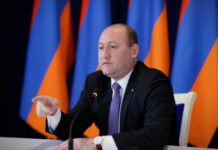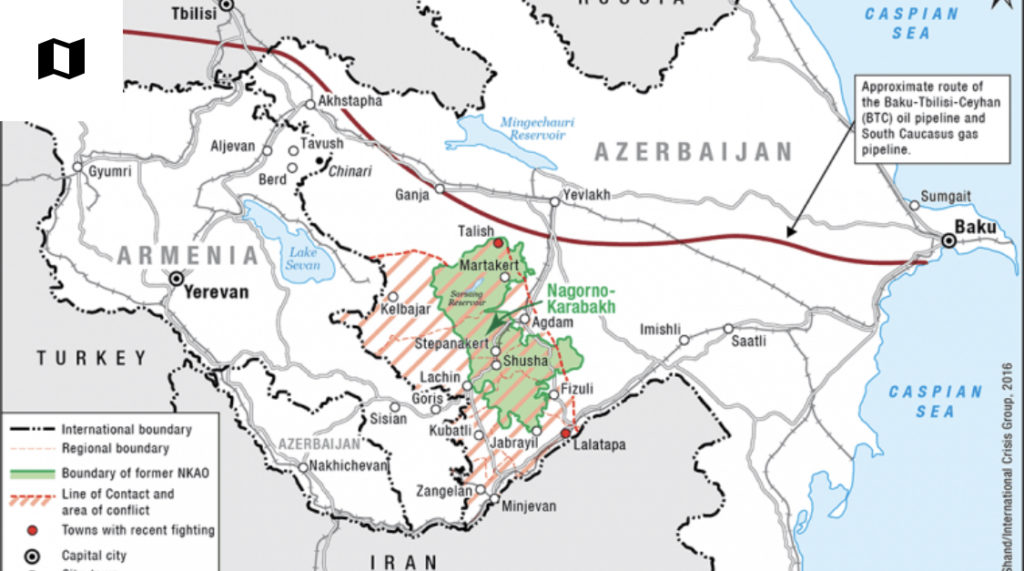By Philippe Raffi Kalfayan
The new Armenian government claims positive developments in the settlement process of the Nagorno-Karabakh dispute, and officials offer smiling faces when meeting with their Azerbaijani counterparts. But the war rhetoric and the settlement principles have not changed so far. In fact, consider the following: the demand by Armenia for the participation of Artsakh Armenians’ representative at the negotiations is not yet a reality; that the cease-fire is regularly broken on the front line; that the arms race is going strong on both sides; that Pashinyan claims that no territory will be ceded to Azerbaijan while his minister of foreign affairs speaks openly of making concessions. How do we interpret these?
This writer suggests analyzing the principles on which the settlement process rest. What legal realities are hidden behind the terminology used? It is submitted that the Armenian side is unclear on its objectives, that the Minsk process failed, and that Armenia should reconsider other remedies and other forums.
The Minsk Group mandate and the Madrid Settlement Principles still constitute the legal and political framework. Here is a bit of background.
The Minsk Group spearheads the Organization for Security and Cooperation in Europe (OSCE) efforts to find a peaceful solution to the Nagorno-Karabakh conflict. It is co-chaired by France, the Russian Federation and the United States.
The mandate states that mediators “will be guided in their activities by the principles and norms of the OSCE, the United Nations Charter, decisions of the OSCE fora, including the decisions by the Council of Ministers on March 24, 1992 and particularly the Budapest Summit Decision, and as applicable resolutions of the United Nations Security Council.”









